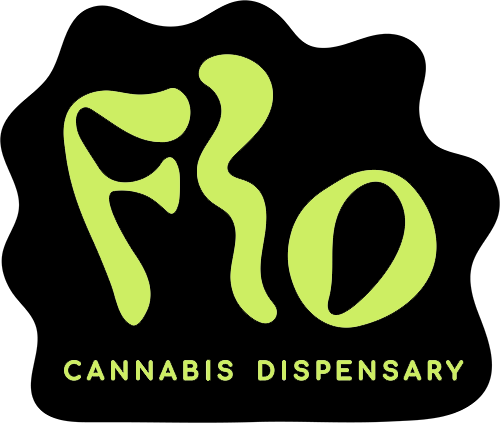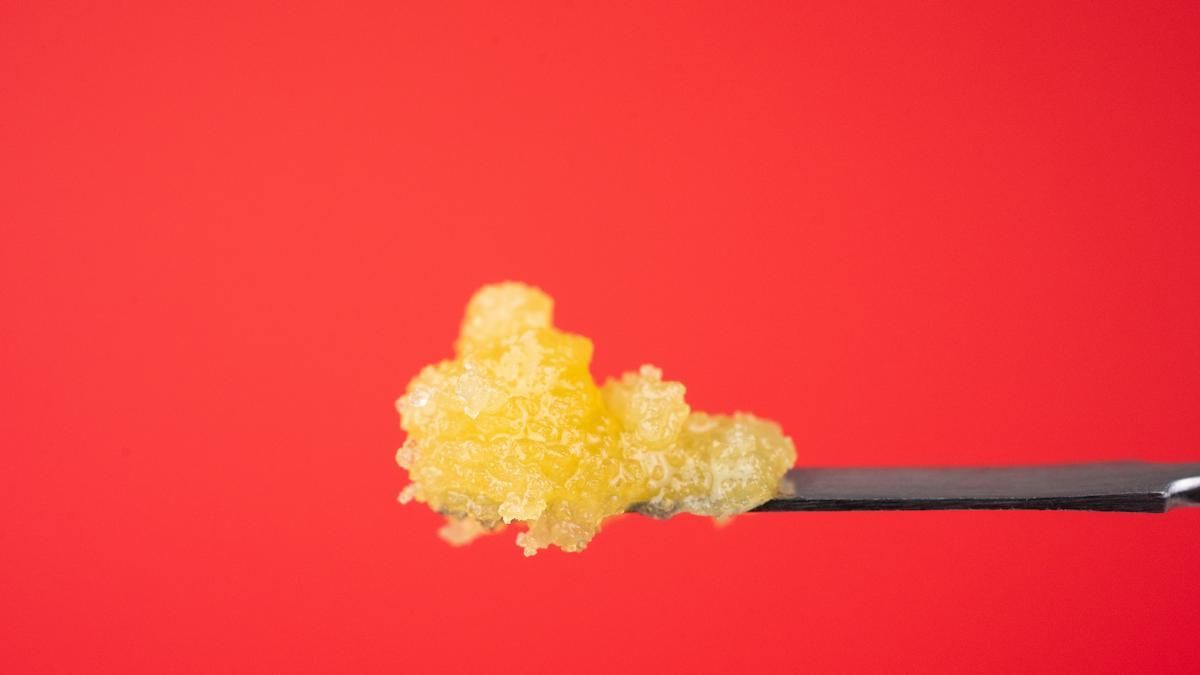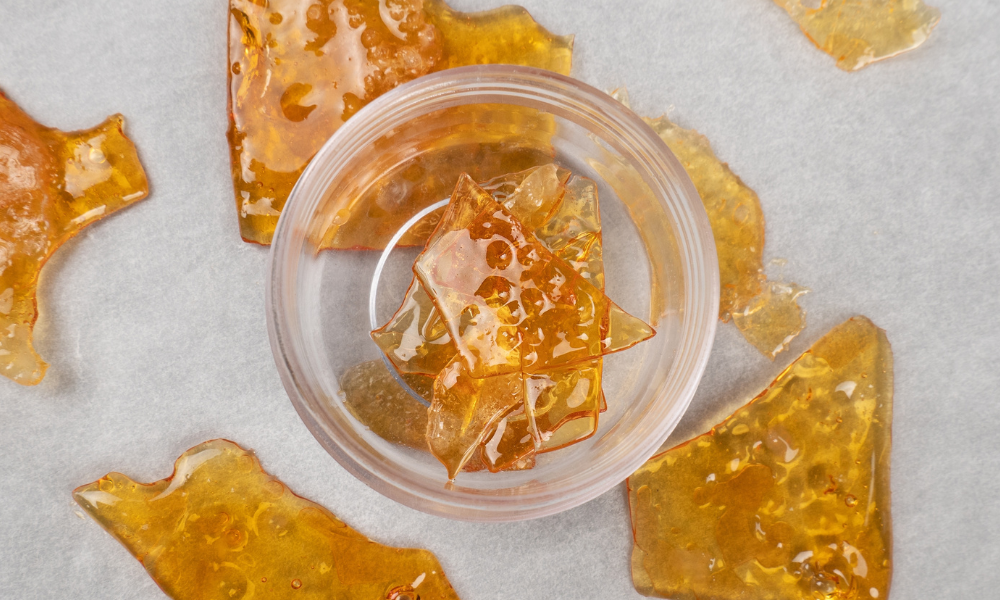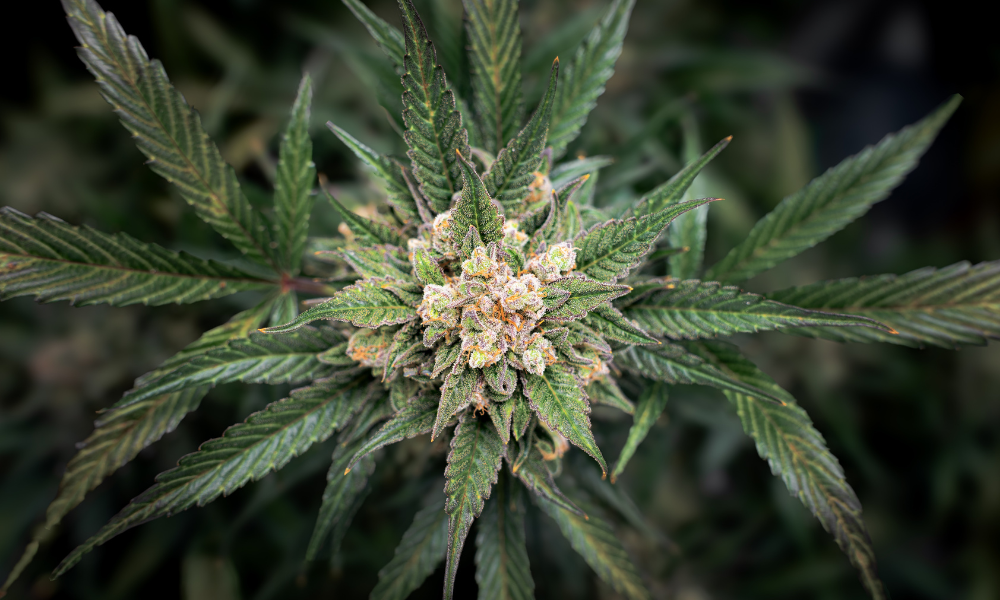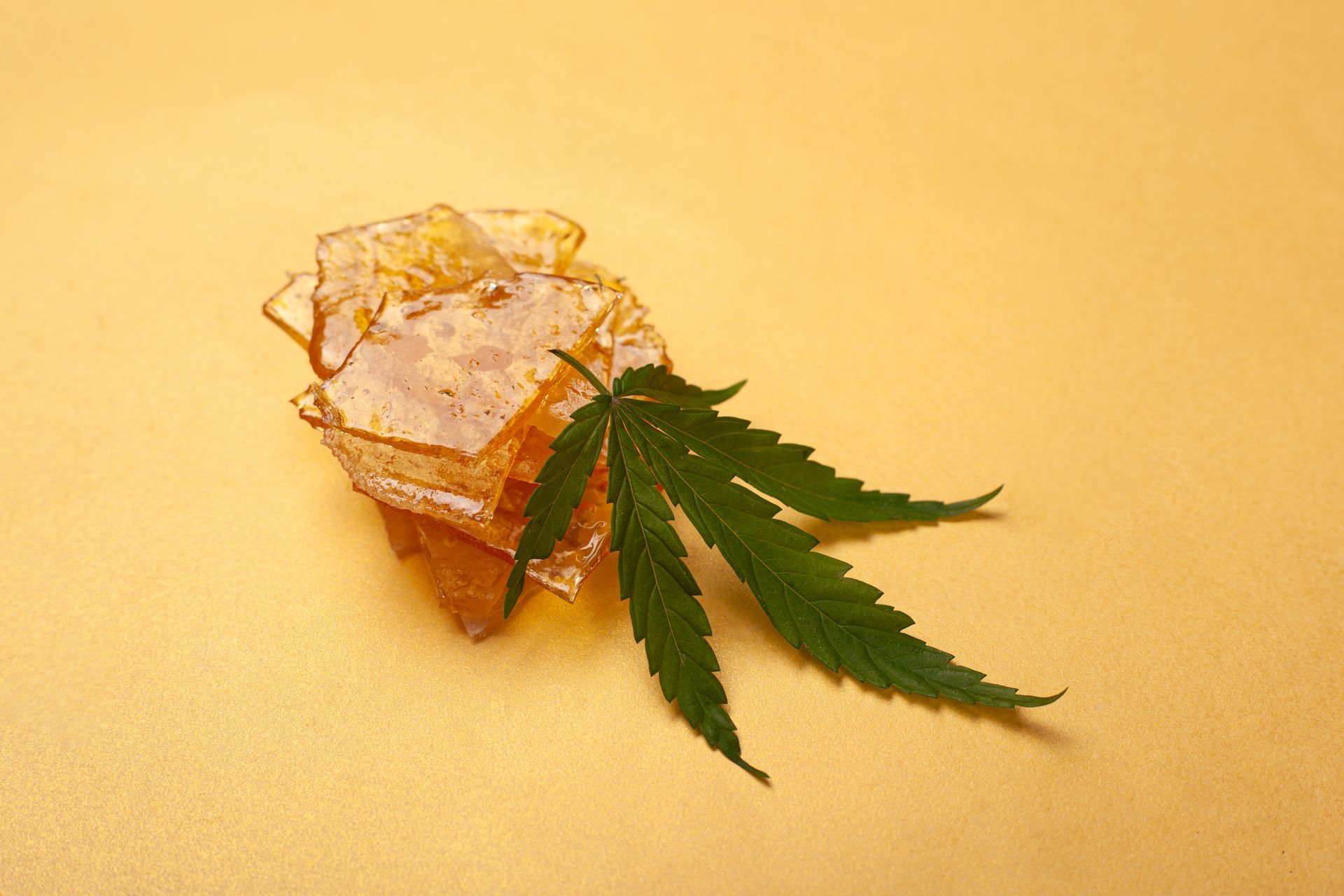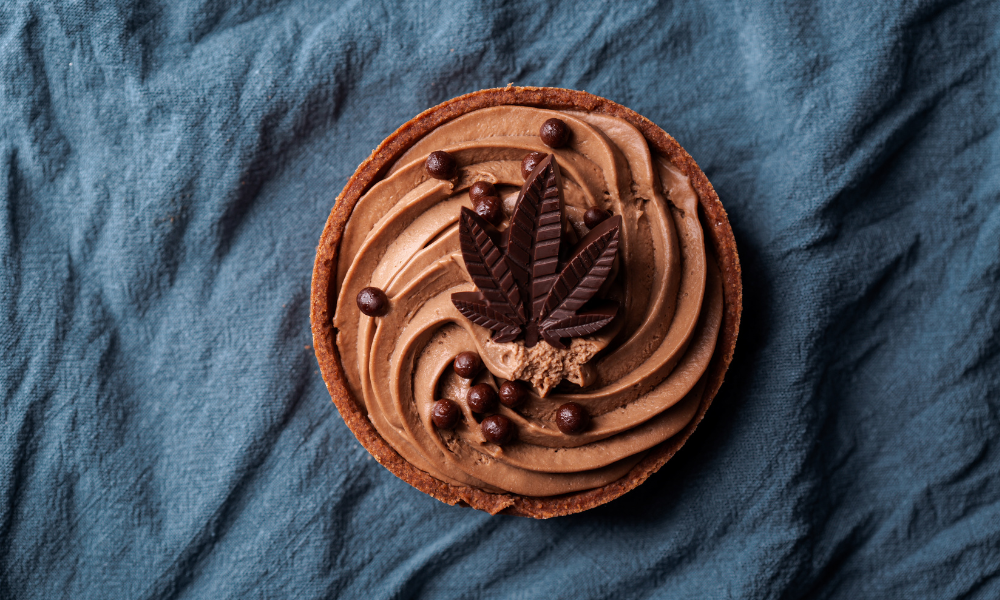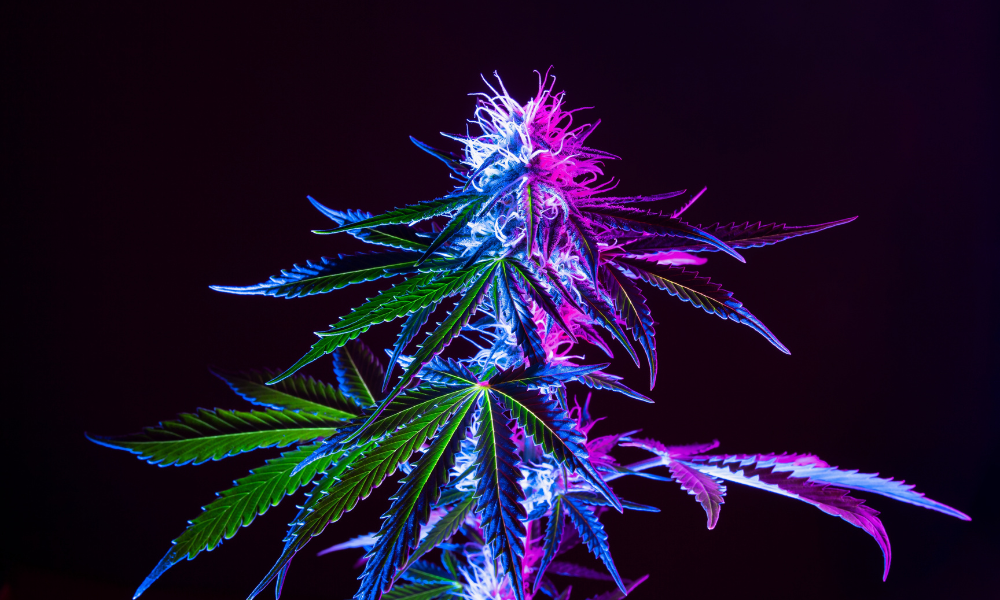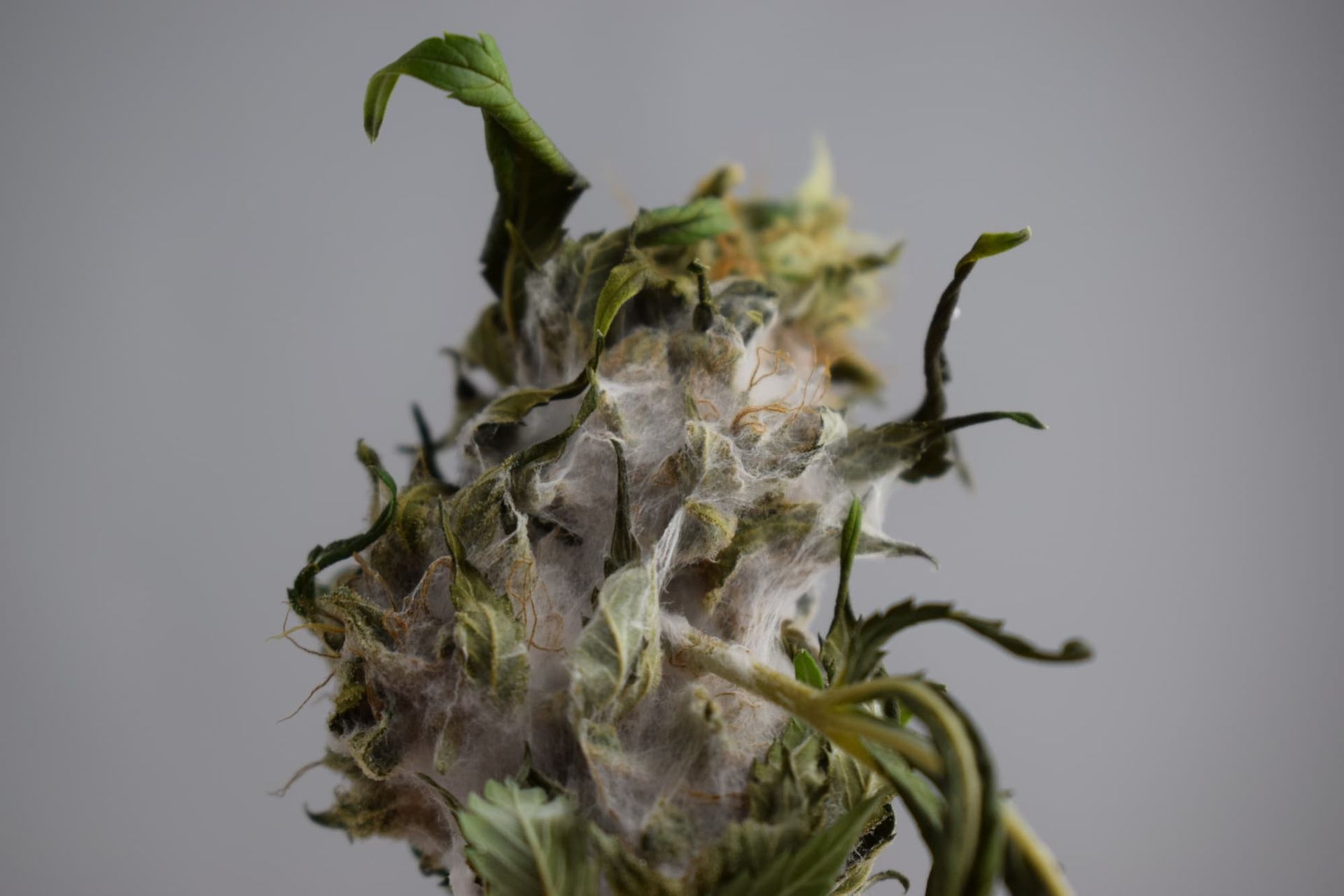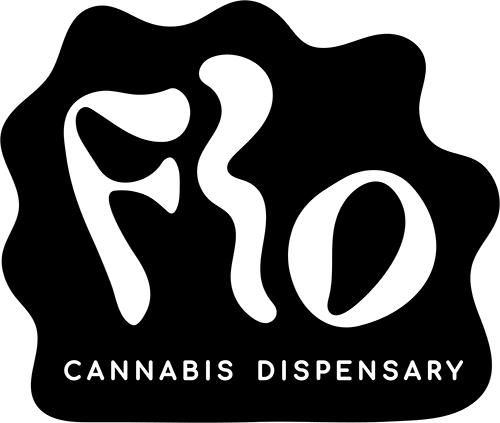What Is PGR Weed & How to Spot It
What Is PGR Weed & How to Spot It: Identify Harmful Plant Growth Regulators
Do you ever wonder why some buds look unnaturally dense or feel too hard? You might be looking at PGR weed. Plant Growth Regulators (PGRs) are chemicals sometimes used during cultivation to alter how cannabis plants grow. While they can change a bud’s appearance, they often come at the cost of quality, taste, and even safety.
If you're curious about how to spot PGR weed and make smarter choices at the dispensary, you’re in the right place.
What Is PGR
PGR stands for Plant Growth Regulators, which are chemical substances farmers use in agriculture to control how plants grow and develop. They often apply PGRs to increase crop yields, manage plant height, stimulate flowering, or control ripening times.
These chemicals can alter the natural life cycle of plants by speeding up, slowing down, or changing growth patterns. When used correctly, PGRs can help farmers maximize efficiency and improve harvest predictability across many types of crops.
What Is PGR in Weed
In cannabis cultivation, some growers use PGRs to boost production, create dense buds, or shorten growing cycles. While this might improve appearance or yields, it compromises the plant’s natural quality, flavour, potency, and safety.
Common PGRs found in cannabis include:
- Paclobutrazol: Slows natural growth processes and may reduce THC levels.
Daminozide (Alar): Used to increase yields, but banned for consumable crops in many countries due to health concerns. - Chlormequat chloride: Restricts plant height but often flattens the plant's natural aroma and flavour profile.
PGR-grown weed often feels heavier, tastes harsher, and lacks the rich, vibrant scents and effects found in naturally cultivated cannabis. Worse yet, chemical residues left behind by some PGRs could present health risks over time. That’s why spotting PGR weed matters for experience and safety.
How to Spot PGR Weed
Identifying PGR weed can help you make smarter, safer choices when buying cannabis. While some signs are easy to notice, the combination of how the bud looks, smells, and feels tells the whole story.
Visual Indicators of PGR Weed
- Dense, rock-hard buds: PGR weed often feels unnaturally tight or heavy. PGRs can cause plants to produce extra cell walls, making buds overly compact.
- Muted colors: Look for dull greens or browns. Healthy, natural cannabis usually has a vibrant appearance with shades of green, purple, or orange.
- Unnatural shape: Buds may seem oddly swollen, round, or "puffy," lacking naturally grown flowers' more tapered, leafy structure.
Good cannabis should look frosty with trichomes, not artificially dense or lifeless.
Sensory Indicators of PGR Weed
- Weaker aroma: Natural cannabis offers a bold scent thanks to terpene profiles. PGR weed often smells flat, grassy, or slightly chemical.
- Dry texture: PGR buds may feel overly dry and lack the healthy flower buds’ sticky, resinous quality.
- Harsher smoke: A scratchy throat or coughing fits during smoking could lead to chemical residue.
- Bland taste: Instead of vibrant, earthy, fruity, or spicy notes, PGR weed may taste dull, bitter, or harsh.
If your cannabis feels dry, smells muted, and lacks that "sticky" freshness, it’s worth questioning its quality.
Testing for PGRs
- Lab testing: Certified labs can run chemical analyses to detect traces of common PGRs like Paclobutrazol or Daminozide. A clear lab report gives peace of mind that you're consuming safe, clean cannabis.
- COA review: Always ask your dispensary for a Certificate of Analysis (COA). It should confirm your flower is free from unsafe chemical additives, heavy metals, and pesticides.
Stay Informed, Stay Safe
Knowing how to spot PGR weed empowers you to make better choices for your health and your cannabis experience. You can avoid lower-quality flowers and enjoy cannabis the way nature intended by looking closely, trusting your senses, and choosing lab-tested products. At Flo Dispensary, we prioritize quality, transparency, and your peace of mind. Visit our online store here for the latest cannabis products, orcontact us for more information!
Featured Image:
meeboonstudio / Shutterstock
